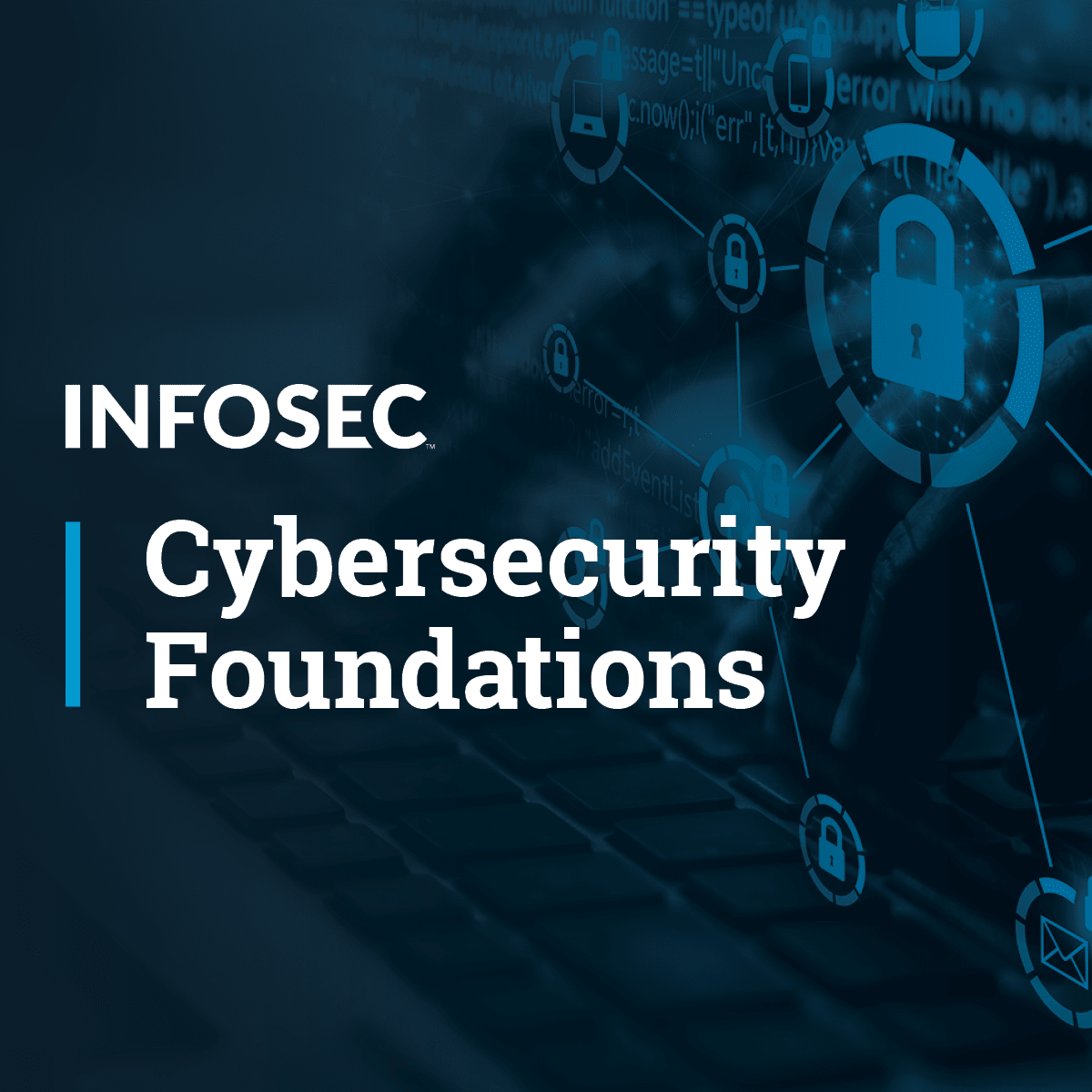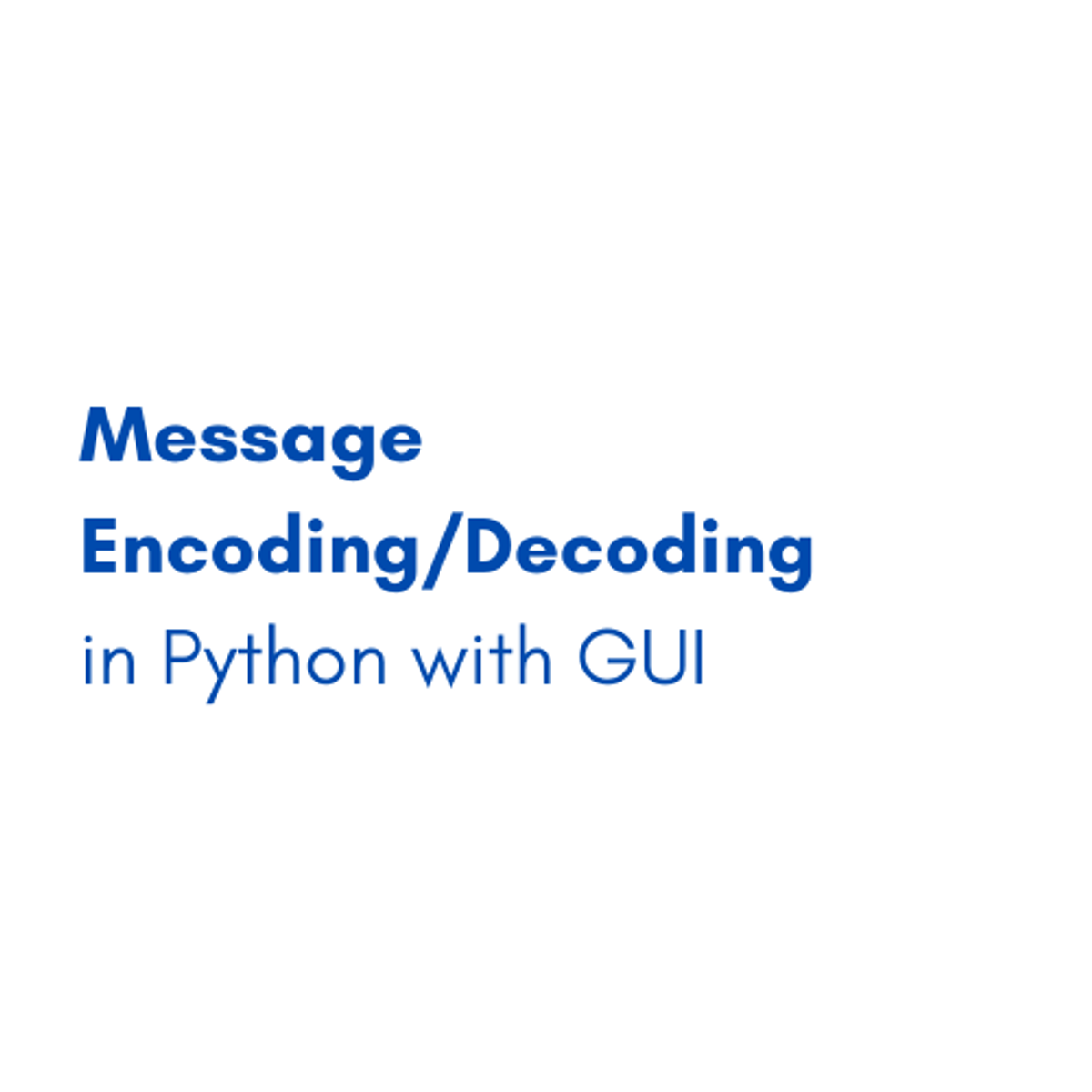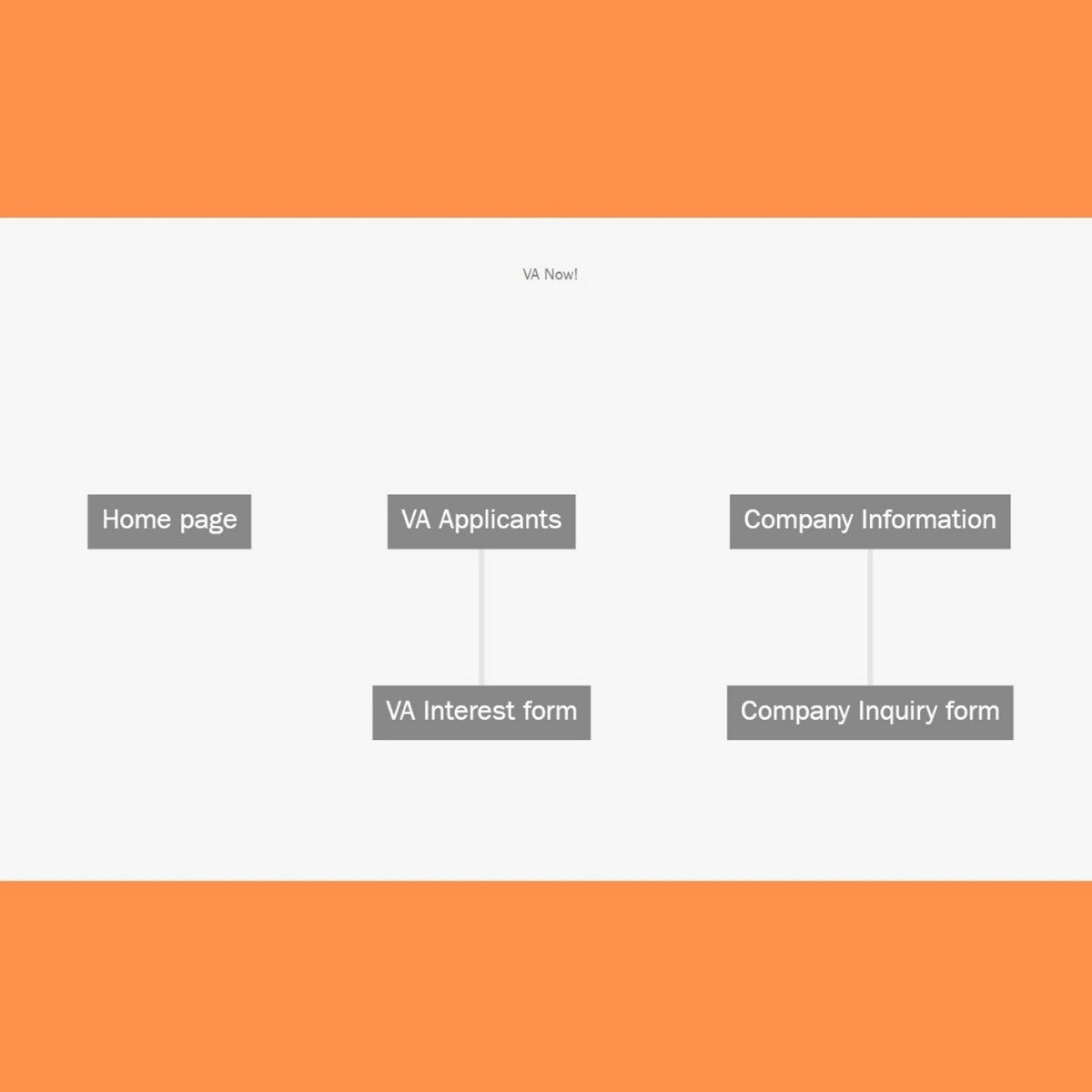Back to Courses









Computer Security And Networks Courses - Page 15
Showing results 141-150 of 277

Securing Linux Systems
In this course, we look at security and the Linux operating system. The course material is a good for anyone preparing for the Linux Foundation Certified IT Associate (LFCA) exam or just interested in learning more about Linux. This course is the third course in a series that aims to prepare you for working as an information technology professional. In this course, you will be introduced to ownership, authentication, and authorization. We will drill into creating security through backups and redundancy. We concluded by looking at how to secure the perimeter of our network and systems.

Linux Cloud and DevOps
In this course, we look at Cloud, DevOps and the Linux operating system. The course material is a good for anyone preparing for the Linux Foundation Certified IT Associate (LFCA) exam or just interested in learning more about Linux. This course is the fourth course in a series that aims to prepare you for working as an information technology professional.

Cybersecurity Policy Foundations
In this course, the learner will get a good look at what policies and frameworks do to keep the cybersecurity industry on-mission and formal. Without this area of cybersecurity, cybersecurity would mean too many people doing too many different things that might not even improve security. Learn how you can have a successful career in cybersecurity without ever touching a command line!

Deploy Your Website on Cloud Run
This is a self-paced lab that takes place in the Google Cloud console. In this lab you will deploy a website to Google Kubernetes Engine, scale it out to more instances, then deploy a new version using rolling updates.
Security Operations and Administration
Security operations and administration is the task of identifying an organization's information assets and the documentation needed for policy implementation, standards, procedures, and guidelines to ensure confidentiality, integrity, and availability. You will understand the process necessary for working with management and information owners, custodians, and users so that proper data classifications are defined. This will ensure the proper handling of all hard copy and electronic information.
The Security operations and Administration course addresses basic security concepts and the application of those concepts in the day to day operation and administration of enterprise computer systems and the information that they host.Ethical considerations in general, and the (ISC)2 Code of Ethics in particular, provide the backdrop for any discussion of information security and SSCP candidates will be tested on both. Information security professionals often find themselves in positions of trust and must be beyond reproach in every way.Several core principles of information security stand above all others and this domain covers these principles in some depth. It can be said that the CIA triad of confidentiality, integrity and availability forms the basis for almost everything that we do in information security and the SSCP candidate must not only fully understand these principles but be able to apply them in all situations. additional security concepts covered in this domain include privacy, least privilege, non-repudiation and the separation of duties.
Course Objectives
1. Define Code of Ethics
2. Describe the security concepts
3. Document and operate security controls
4. Describe the asset management process
5. Implement compliance controls
6. Assess compliance controls
7. Describe the change management process
8. Contribute to the security awareness training program
9. Contribute to physical security operations

Message Encoding/Decoding in Python with GUI
In this 1-hour long project-based course, you will learn how to secure your information by encoding and decoding the messages. In this project, You’ll be able to create functions in Python that perform encoding and decoding techniques using a common key. Furthermore, You’ll be able to create a Graphical User Interface (GUI) in Python using Tkinter library.
Note: This course works best for learners who are based in the North America region. We’re currently working on providing the same experience in other regions.

Detecting and Mitigating Cyber Threats and Attacks
Computer attacks and data breaches are inevitable. It seems like every day a data breach occurs and the victims of the data breach suffer. Their information is stolen or posted online. The company’s or businesses who had the breach go on, learn a little from the attack, and just give credit monitoring out as if nothing happened. What if you could help prevent a data breach in your organization? This is the third course in the Practical Computer Security specialization. This course looks at detection and mitigation of threats and attack vectors and discusses how to use tools and principles to protect information. By the end of the course you should be able to make suggestions on what type of detection and mitigation strategy is right for your systems or business given the known threats and attack vectors. You should be able to discuss what features you want in a firewall, or how cash registers or sensitive data systems should be secured. The project at the end of the course will allow you to apply what you have learned to argue what type of detection and mitigation strategies should have been employed by companies and businesses that have suffered a data breach.

Build a Website Map with Jumpchart
There are many tools to develop websites. Planning a website is an important step in the process. Without planning your site you may not meet all the user’s pain points and your user design will be flawed. Jumpchart lets you draft and export websites from your browser, then share your creations with others to collaborate. Drafts can be turned into wireframes, and Jumpchart takes your links, images, and files to produce your website. The sitemaps in Jumpchart will be built as you add pages to your website plan. In this project you will learn about how to use Jumpchart and create your website design.

Teaching Impacts of Technology: Relationships
In this course you’ll focus on how “smart” devices have changed how we interact with others in personal ways, impacting how we stay connected in our increasingly mobile society. This will be done through a series of paired teaching sections, exploring a specific “Impact of Computing” in your typical day and the “Technologies and Computing Concepts” that enable that impact, all at a K12-appropriate level.
This course is part of a larger Specialization through which you’ll learn impacts of computing concepts you need to know, organized into 5 distinct digital “worlds”, as well as learn pedagogical techniques and evaluate lesson plans and resources to utilize in your classroom. By the end, you’ll be prepared to teach pre-college learners to be both savvy and effective participants in their digital world.
In this particular digital world (relationships), you’ll explore the following Impacts & Technology pairs --
Impacts (Keep me connected in a mobile society):, personal relationships, facebook, circle of friends
Technology and Computing Concepts: algorithms, software engineering evolution, heuristics, computer runtime, big O notation, P vs NP
Impacts (Making geography-based connections): findings friends, maps, geolocation
Technology and Computing Concepts: data and binary, image encoding, pixels, how color pickers work, filters, blurs
In the pedagogy section for this course, in which best practices for teaching computing concepts are explored, you’ll learn about the current CSTA K-12 CS Standards and practice using them to review and apply to lesson plans, as well as how to apply the ICAP framework to connect your students’ engagement to active learning outcomes, such as through peer instruction.
In terms of CSTA K-12 computer science standards, we’ll primarily cover learning objectives within the “impacts of computing” concept, while also including some within the “networks and the Internet” concepts and the “data and analysis” concept. Practices we cover include “fostering and inclusive computing culture”, “recognizing and defining computational problems”, and “communicating about computing”.

Blockchain Basics
This first course of the Blockchain specialization provides a broad overview of the essential concepts of blockchain technology – by initially exploring the Bitcoin protocol followed by the Ethereum protocol – to lay the foundation necessary for developing applications and programming. You will be equipped with the knowledge needed to create nodes on your personal Ethereum blockchain, create accounts, unlock accounts, mine, transact, transfer Ethers, and check balances.
You will learn about the decentralized peer-to-peer network, an immutable distributed ledger and the trust model that defines a blockchain. This course enables you to explain basic components of a blockchain (transaction, block, block header, and the chain) its operations (verification, validation, and consensus model) underlying algorithms, and essentials of trust (hard fork and soft fork). Content includes the hashing and cryptography foundations indispensable to blockchain programming, which is the focus of two subsequent specialization courses, Smart Contracts and Decentralized Applications (Dapps). You will work on a virtual machine image, specifically created for this course, to build an Ethereum test chain and operate on the chain. This hands-on activity will help you understand the workings of a blockchain, its transactions, blocks and mining.
Main concepts are delivered through videos, demos and hands-on exercises.
Popular Internships and Jobs by Categories
Browse
© 2024 BoostGrad | All rights reserved


